Clean Energy: The Number One Climate Problem and How to Fix it
8 minute read
Updated on: 25 Sep 2021
Almost everything we do these days needs large amounts of energy. Whether you’re cooking, driving, heating your house, or even reading this course, you’re using energy! This is good - you should be able to cook, to read this course, or to heat your house if you like. The problem, however, is that most of our energy comes from fossil fuels.
What Are Fossil Fuels?
Fossil fuels are found in the Earth’s crust and contain a lot of carbon. This carbon is a result of living things building up underground over millions of years after getting buried
.

How fossil fuels are created
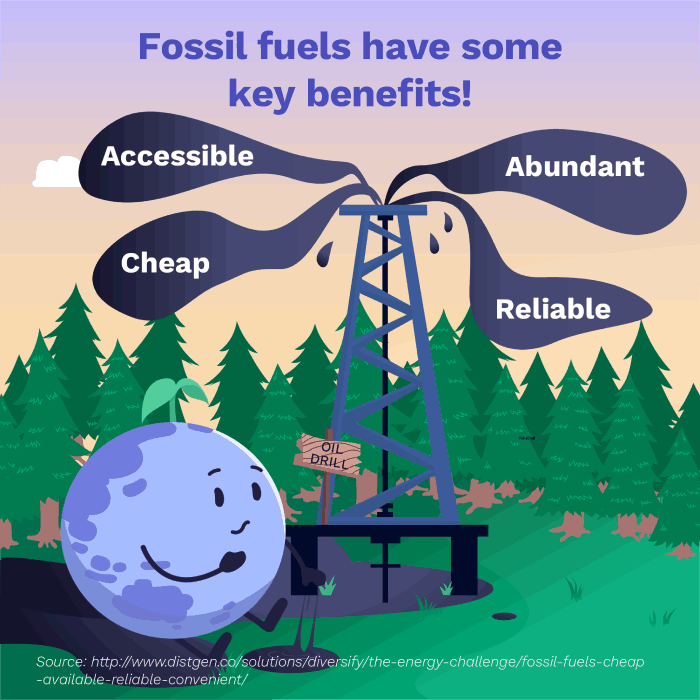
Fossil fuels are cheap, reliable, accessible and abundant
The intensive use of fossil fuels about 150 years ago allowed some people to switch from horses to cars, from books and paper to the internet, and from sitting under a tree for shade to using air conditioning. All these things need energy
.
If using energy is such a problem why don’t we just use less of it?
Unfortunately, it’s not that simple. There is a strong link at the lower end between a country’s development and how much energy each of its citizens uses .
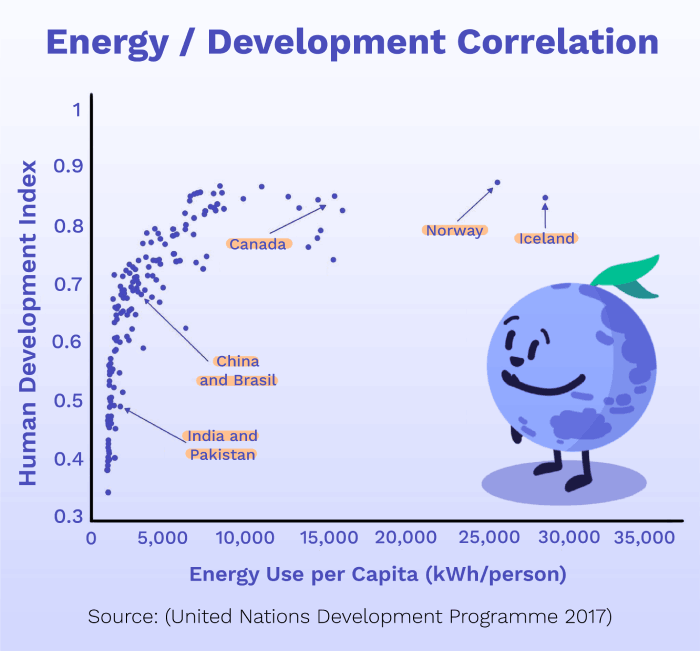
Use of electricity and human development are highly correlated
As you can see, there’s a huge range in the amount of electricity people use in different countries.
Today, the average American uses roughly 12,235 kWh while the average Nigerian uses 184 kWh .
So while people in some countries use much more energy than they need, the majority of the world uses much less than would correlate with a high standard of living. So, while some could indeed use less, it is likely that most people need to use more to reach a high standard of living
.
This means we need to find better sources of energy.
What alternatives are there to fossil fuels?
In one hour, the Sun hits the Earth with more energy than everyone on earth uses in a year . Not only is it renewable, but solar power is now as cheap as fossil fuels
. Wind power is similarly available and cheap thanks to research continually improving it
.
What do we do when the sun isn’t shining and the wind isn’t blowing? We need some way to store energy generated when it’s sunny or windy so that we can turn on the lights at night, or when there’s no wind.

We need a way to store solar and wind energy
We need to store energy for different lengths of time
- Level 1 storage: seconds to minutes. This helps when a cloud briefly shadows a solar farm or when electricity demand suddenly increases
.
- Level 2 storage: hours to days. This allows us to generate electricity when it’s sunny or windy during that day and then use it whenever we want to, like at night
.
- Level 3 storage: weeks to months. This follows the seasons so that maximum electricity is generated during summer, and stored for the winter
.
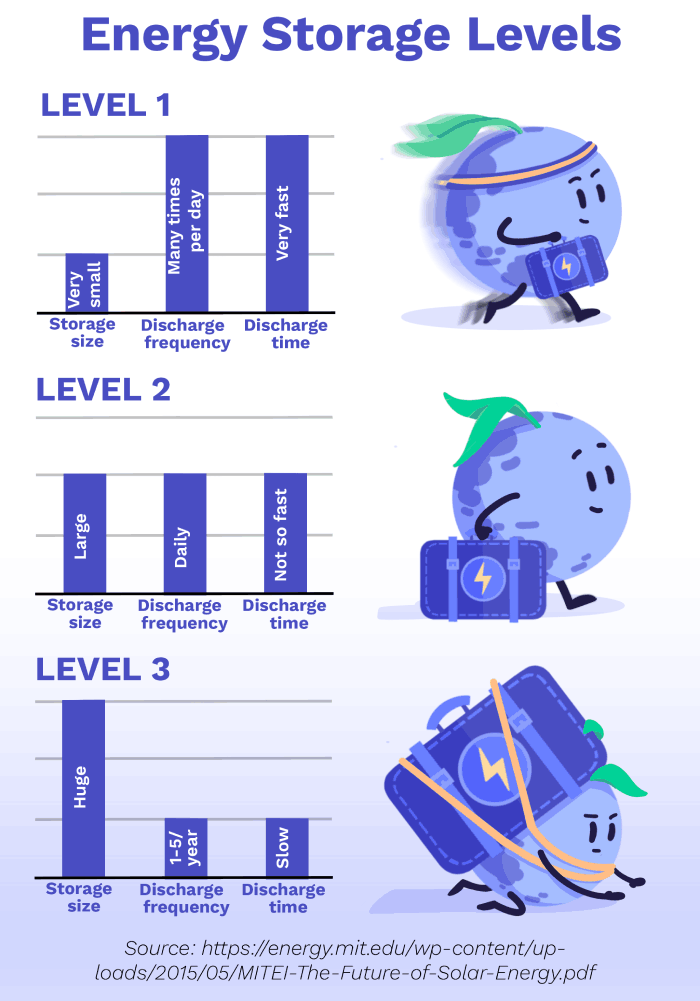
Varying storage levels
Now there are lots of different kinds of energy storage like compressed air, hydrogen, various batteries, thermal, pumped hydro and more. Unfortunately, most of these come with a high price tag
.
It would cost us about US$70 trillion, or almost as much as the global GDP.
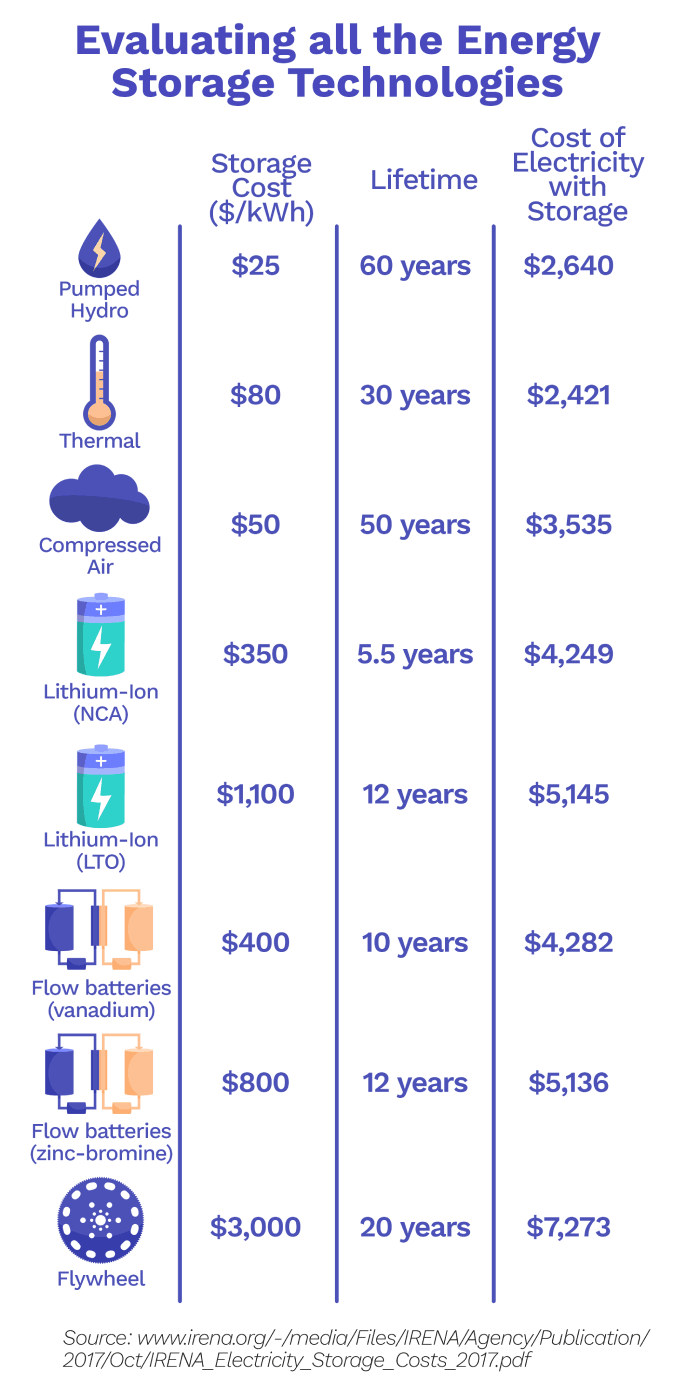
Comparing different storage technologies
Pumped hydro may be the only one cheap enough to do nowadays. It involves pumping water up a hill to store energy and letting it flow down through a turbine to release it again. But it’s really tricky to find enough suitable locations for these plants
. We use so much energy that the world just doesn’t have enough mountains for us to use.
A few other options may become possible, but for now, we also need to think about what to do if energy storage never becomes affordable enough.
So, what else can we do on windless nights?
Water on Earth is constantly moving: rain pours, rivers flow, glaciers melt . All this movement provides some huge opportunities to harvest energy
.
Hydropower dams stop rivers from flowing, and the water that builds up behind them stores a lot of energy .
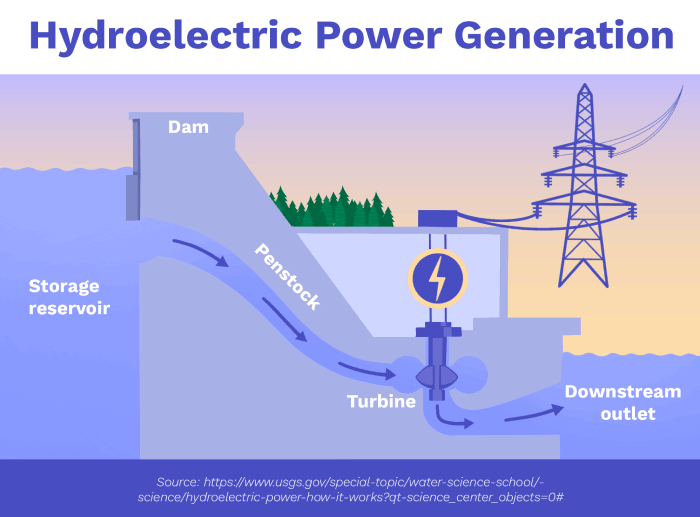
Hydro power generation
Hydropower is cheap, renewable and reliable, representing 16% of global electricity today.
So, we’ve found our solution, right? Unfortunately, not quite. There’s the same problem again: there aren’t enough mountains and rivers in the world to cover our energy demand .
So let’s add one more to the mix… Nuclear!
Nuclear energy is both a safe and clean alternative to fossil fuels . In fact, producing all energy with nuclear would reduce energy emissions by 98%
.
Not only are its emissions as low as those of solar and wind, it’s also similarly safe. In fact, compared to coal it’s about 350 times safer per unit of energy produced!

Death rate per TWh produce for different energy sources
However, while safety and sustainability aren’t big problems, building new nuclear plants is expensive and takes a lot of time; nuclear waste is also very tricky to sort out. Regardless of these difficulties, some governments are turning off well-functioning power plants due to public pressure after prolific (but rare) nuclear accidents.
This, of course, causes immediate climate damage as coal and other fossil fuels have to fill the resulting energy gap.
To learn more about all this, check out our course on Clean Energy.
So what does this all mean for the future of energy?
Nobody knows for sure, but it’s likely that solar and wind will grow fast, transportation will go electric, and coal and oil will be phased out .
And although the price of energy storage is unlikely to fall by a lot, nuclear, natural gas, and hydro will help balance solar and wind’s variability .
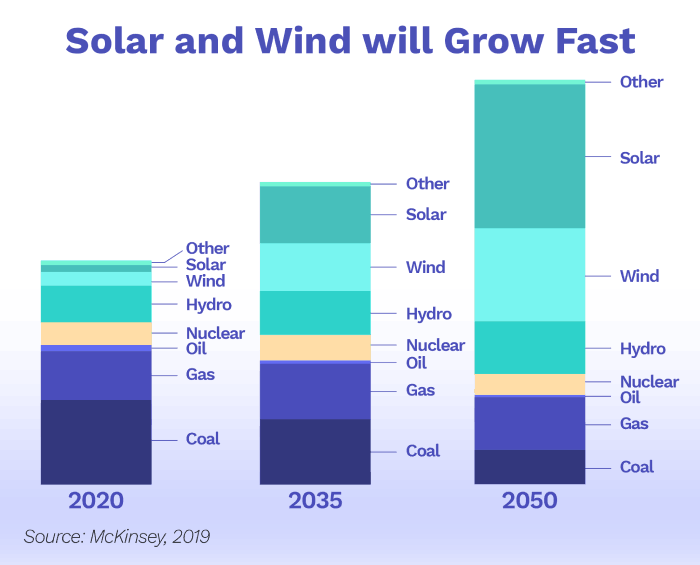
Solar and wind will grow fast!
Another possibility we’ve not had time to mention here is using hydrogen as a fuel. If this becomes a reality, the transition to clean energy could happen even faster. But as it stands, we’re not on track for reducing emissions fast enough .
Conclusion
So, what the future of energy really needs is innovation. And this innovation, this next solution that solves fusion or provides a viable method for energy storage, could come from you!
Next Chapter